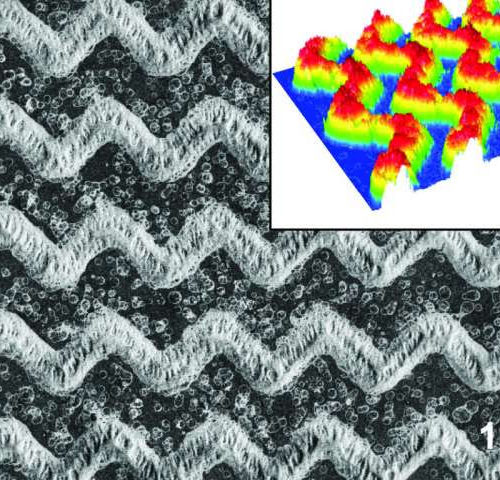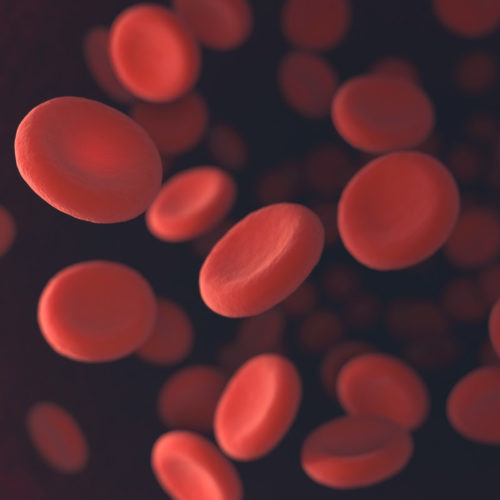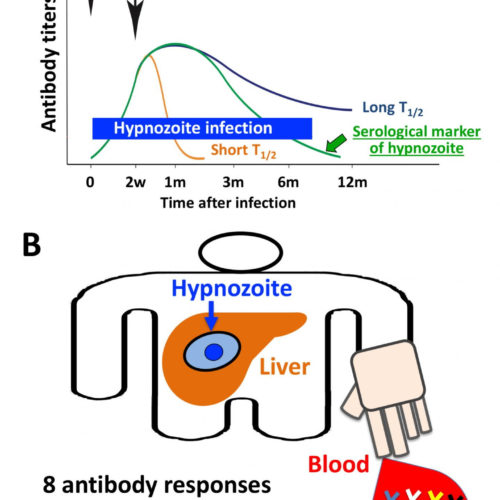One-year data from the first four patients dosed is published in JAMA Neurology NATIONWIDE CHILDREN’S HOSPITAL Researchers from Nationwide Children’s Hospital have published in JAMA Neurology results from the first four patients treated in the first clinical trial of systemic delivery of micro-dystrophin gene therapy in children with Duchenne muscular dystrophy (DMD) – and initial...
Tag: <span>potential drug</span>
Clear masks for caregivers mean young children can keep learning from adults’ faces
As daycare centers and pre-kindergartens begin to reopen around the U.S., the Centers for Disease Control and Prevention recommends masks be worn by teachers, care workers and children over two years of age. Important as they are for helping minimize the spread of the coronavirus, masks come with a potential downside when worn around little...
Scientists rescue mini retinas from eye disease via new gene therapy approach
Scientists have developed a new gene therapy approach that offers tremendous promise for one day treating an eye disease that leads to blindness and affects thousands of people across the globe. Researchers from Trinity College Dublin and University College London (UCL) teamed up to pool their expertise in genetics, virology and ophthalmology, beginning the journey...
‘Lab-on-a-chip’ blood test could spot breast cancer early
by Dennis Thompson, Healthday Reporter A cutting-edge “lab-on-a-chip” has shown promise in detecting early breast cancers and tumors that have developed in other parts of the body. Roughly the size of a glass microscope slide, the EV-CLUE uses nanotechnology to pump a tiny amount of blood into eight miniscule channels equipped to detect different markers...
Microneedling therapeutic stem cells into damaged tissues
Small and minimally invasive ‘Detachable Microneedle Depots’ effectively deliver stem cells for localized MSC therapy of skin disorders Credit: Khademhosseini Lab (LOS ANGELES) — Mesenchymal stem cells (MSCs) are multipotent in that they naturally replenish the cell types that build our bone, cartilage and adipose tissues. However, their much broader regenerative potential, based on their...
Appetite can be increased by cells in the brain
by University of Warwick Tanycytes are glial cells, which communicate with neurons in the brain to inform it of what we have eaten. Researchers from the School of Life Sciences at the University of Warwick have found when tanycytes are selectively stimulated appetite was increased. It has previously been discovered that tanycytes—cells found in part...
New synthetic red blood cells are even better than the real thing
By Michael Irving June 03, 2020 Researchers have created synthetic red blood cells (RBCs) that have all of the useful properties of the real thing, plus a few new tricks. These new cells could be put to work carrying oxygen or drugs through the body, sensing toxins, and other tasks. It goes without saying that...
Stimulating research gives new treatment hope for Tourette Syndrome
by University of Nottingham Scientists from the University of Nottingham’s School of Psychology and School of Medicine used repetitive trains of stimulation to the median nerve (MNS) at the wrist to entrain rhythmic electrical brain activity—known as brain-oscillations—that are associated with the suppression of movements. They found that rhythmic MNS is sufficient to substantially reduce...
Blood test as a potential new weapon in the fight to eliminate malaria
Development and validation of serological markers for detecting recent Plasmodium vivax infection Plasmodium vivax is the most widespread malaria parasite worldwide, with up to two billion people at risk of infection. As well as causing illness and death in its ‘active’ stage of infection, the parasite can hide as hypnozoites, a dormant stage, in the...
Some recommended cardiovascular medications prescribed less frequently to women
DALLAS, May 20, 2020 — Women receiving treatment in primary care received some cardiovascular medication prescriptions at a lower rate than men, according to new research published today in the Journal of the American Heart Association, an open access journal of the American Heart Association. “Additional efforts need to be taken to ensure that everyone,...






